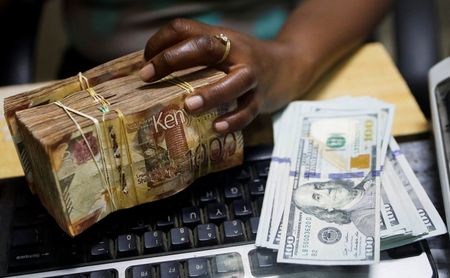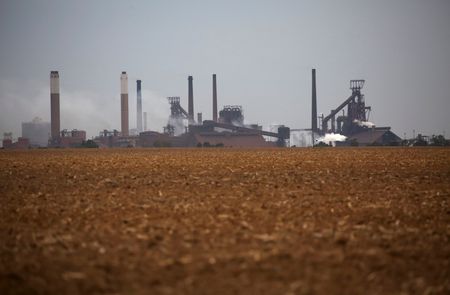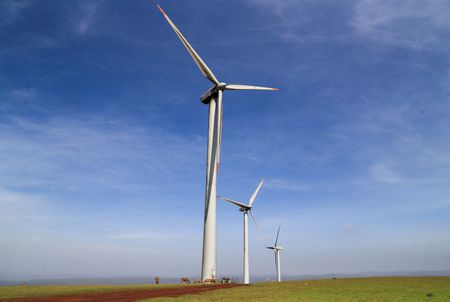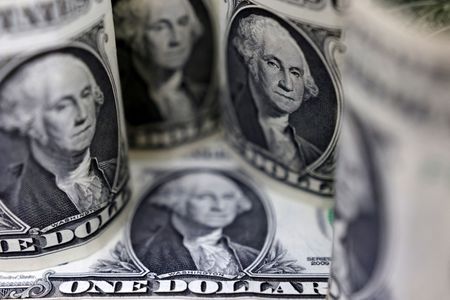By Kevin Buckland and Greta Rosen Fondahn
TOKYO/GDANSK (Reuters) – The dollar edged up on Thursday, but stayed close to recent lows, as traders weighed receding trade war risks and looked ahead to Friday’s key U.S. data, while sterling dipped ahead of the Bank of England’s policy decision.
The yen touched an eight-week top versus the U.S. dollar after a Bank of Japan policy board member advocated continued interest rate hikes, but pared the gains and was broadly flat in European trade.
The dollar rose against a basket of peers to 108, but still hovered near the lowest level since the start of last week, with investors beginning to entertain prospects that a global trade war could be averted.
The dollar index hit a two-year high of 110.17 on January 13, but has since retreated 2%.
“Driving this correction have been several factors, the largest of which has probably been this week’s tariff news, where it looks like the Trump administration has been using tariffs for transactional not ideological purposes,” said Chris Turner, global head of markets at ING.
U.S. President Donald Trump suspended planned tariff measures against Mexico and Canada this week, but imposed additional 10% levies on imports from China.
“Yet we doubt the dollar correction will last too long. We look for more structural and broader tariffs to come back into play in the second quarter,” said Turner.
In the absence of tariff headlines, markets looked ahead to Friday’s key U.S. monthly payrolls figures, the next major test for the U.S. monetary policy outlook.
A quarter-point Fed cut is fully priced for July, with markets expecting a total of 45 basis points of reductions by the December meeting, according to LSEG data.
U.S. Treasury Secretary Scott Bessent said on Wednesday that while Trump wants lower interest rates, he will not ask the Federal Reserve to cut rates.
The pound retreated 0.55% from a one-month high to $1.2437, with the Bank of England widely expected to cut rates by a quarter point later in the day.
Market-implied odds for an imminent BoE rate reduction stand at around 94%.
The euro edged down 0.4% to $1.0361.
YEN STRENGTH
The yen strengthened as far as 151.81 per dollar – the strongest level since December 12 – in the Tokyo morning, after the BOJ’s Naoki Tamura said the central bank must raise rates to at least 1% or so in the latter half of fiscal 2025 with upward risks to prices rising.
Japan’s currency was last changing hands at 152.65 per dollar, largely unchanged on the previous day, paring the early gains after Tamura clarified that he didn’t mean that the neutral rate should be 1%.
“Tamura is known to be on the hawkish side,” although his comments initially “fired up yen longs”, said Shoki Omori, chief global desk strategist at Mizuho Securities.
At the same time, “the main factor for the yen going richer is geopolitics”, Omori added.
“I think there’s more to come from POTUS that makes markets nervous,” he said, referring to Trump.
The market is currently pricing in a quarter-point BOJ rate hike by September.
The offshore yuan weakened slightly to 7.2951 per dollar.
Canada’s loonie slipped 0.3% to C$1.4385 versus its U.S. counterpart after rising to the highest since December 17 at C$1.4270 overnight. The Mexican peso was little changed at 20.57 per dollar.
(Reporting by Kevin Buckland and Greta Rosen Fondahn. Editing by Shri Navaratnam and Mark Potter)









